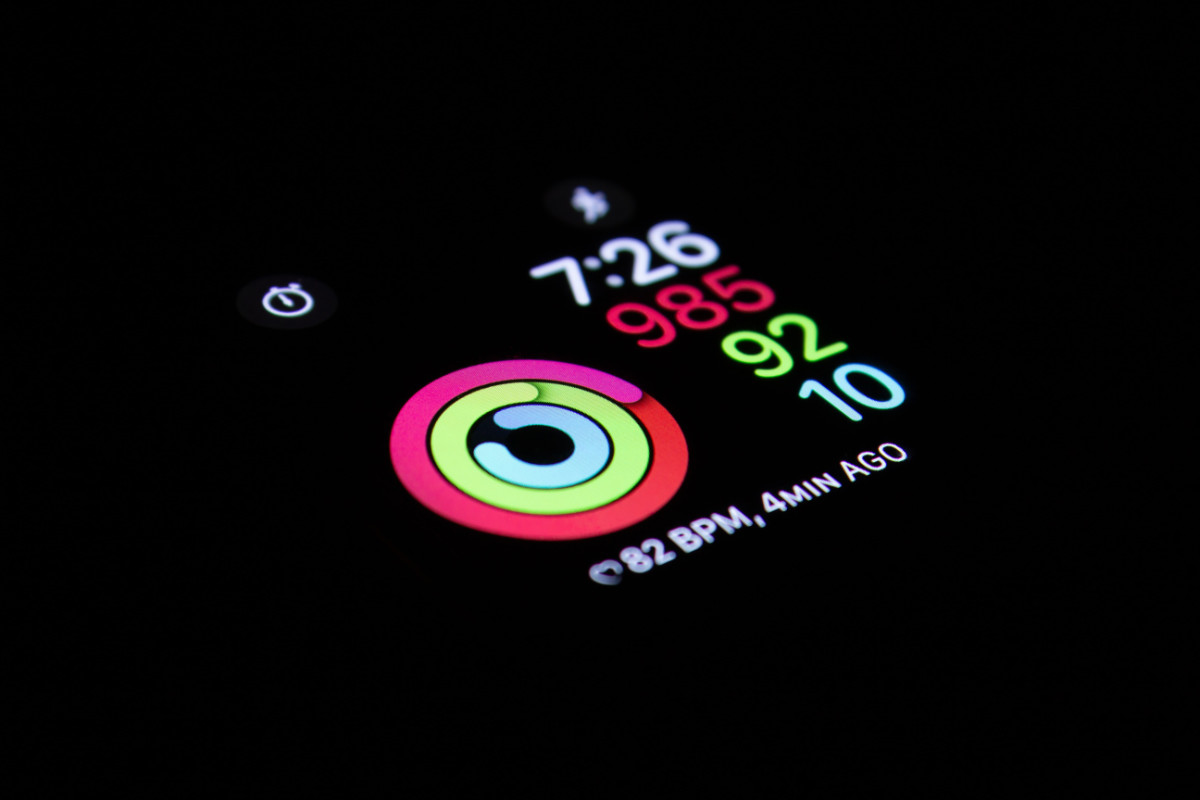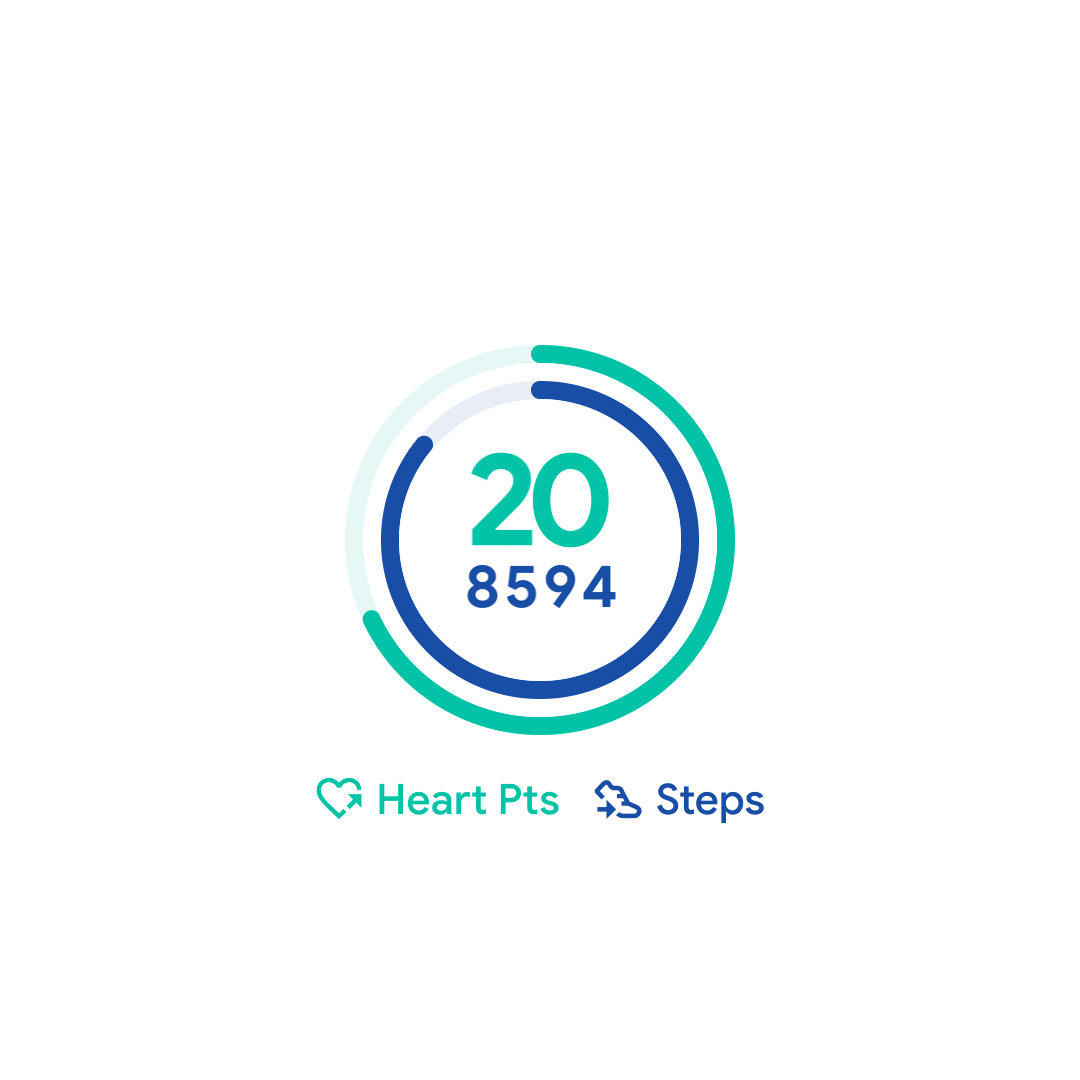
Part 2 - Quantify and track your exercise routine
If you read our previous article on the benefits of working out in a gym, you already know that there are plenty of good reasons why you should take up exercise on a regular basis. These wide-reaching benefits range from increasing your mood and self-esteem, boosting your mental capacity, relieving stress and anxiety, keeping yourself motivated - just to name a few. So, providing that you haven’t already done so, we highly suggest that you take a few moments of your time and go over that article, because we guarantee you’ll be surprised to find out how just much good regular exercise can do for your body as well as your mind.
However, knowing that your body needs to get regular exercise is only half the battle. After all, if that’s all there is to it, we'd all be professional athletes in no time at all! The most difficult part is to establish the right frame of mind and to keep yourself motivated and continuously working toward achieving the goals you set for yourself. So, whatever you do, don't give up!
The humble beginnings - I want to start working out on my own...
Undeniably, there are obvious benefits to working out in a specialized training environment, such as the gym. Most gyms are very well-equipped and give you unrestricted access to all sorts of exercising tools and machines that you can possibly imagine. In addition, the gym also gives you the opportunity to work out in coordination with a personal trainer, who can do a number of things for you. Just to name a few, they can teach you how to properly use the gym equipment, help create a proper workout schedule for you and monitor your exercises in order to make sure that you are performing them correctly.
Despite this fact, a lot of people still decide to start working out all by themselves, in the comfort and privacy of their home. And, you know what? This is perfectly fine as well. Perhaps you think that the gym is too crowded and busy for your liking, or maybe you finally decided to put that additional space in your home or garage to a good use. This totally is up to you, as long as you take your exercise responsibly and don't hurt yourself by completely disregarding important safety rules and precautions.

So, you finally made the decision that was long overdue. `You are going to going to get your body in good shape, and you won't allow any of your 'creative' excuses to get in the way and ruin your plan!
So, umm... What happens next?
The future is now!
Unless you are a complete and utter stranger to technology, you will soon find that there is an overwhelming amount of fitness and exercise apps on the market, which are meant to serve as a convenient, always-on alternative for a personal gym trainer. These apps are easy to use, they won't cost you nearly as much as hiring an actual personal instructor and a lot of people seem to be quite satisfied with the progress they've made by using them.
In this post, we decided to give you more info and get you up to speed regarding some of the workout tools that are available today, the features and the benefits they provide when it comes to helping you exercise regularly, properly and efficiently.
Enter the world of wearables and fitness trackers
There is no question that today's technological advancements left a tremendous impact on our everyday lives. Likewise, the area of health and fitness is no exception when it comes to this trend. Wearable technology (or wearables as they are commonly referred to) allow you to quantify and keep track of your everyday life, so that you can better understand your behavior and improve your daily habits.
Fitness trackers come in all sorts of different shapes and sizes. They can be in the form of a smartwatch, a wristband or a clip-on. Either way, they are made to serve one major purpose and that is to keep track of your exercise activities, like running, cycling, body building, swimming, walking, etc. So, if your goal is to avoid the cost of having a personal trainer, these little technological marvels are the next best thing! This holds even more true today, when a lot of gyms around the world are forced to shut down their business temporarily due to the Corona pandemic.
However, with so many different fitness trackers that are available on the market today, choosing the right one to match your needs and purposes can be challenging. In 2009, Fitbit came out with their first fitness tracker and popularized the entire product category. Over a relatively short period of time afterwards, the number of companies that started selling fitness trackers increased dramatically and they quickly diversified to include a number of form factors. Today, you can get fitness trackers from technological giants, such as Apple, Google, Samsung, Garmin, just to name a few. Some of these products, like ones coming from Apple and Google, have activity tracking as an additional feature that is tightly integrated into their smartwatch line.

When choosing the right fitness tracker for your needs, it's very important to carefully consider your exercise needs and to avoid impulse purchases. With so many products on the market that is getting more competitive by the day, it is crucial to choose the product with the right set of features for you. This way, you won't get disappointed in the end and put your entire exercise plan at risk. These features can vary to a considerable extent. Some of the products available on the market offer realtime heart rate and EKG monitoring, others provide stress level tracking, some even have blood-oxygen sensors built-in to measure your blood oxygen levels. With all these choices at your disposal, you can rest assured that you'll find a fitness tracker that matches your type of exercise perfectly.
Health and fitness apps - two sides of the same coin?
Similar to fitness tracking devices, activity-tracking apps help you record and log your health and workout activity. Many of these apps have the capability to integrate with fitness trackers and work with them in tandem in order to collect more precise measurement data from the sensors contained in them. This allows those apps to keep a precise record of your health-related data over time. However, fitness apps are much more than that, and they offer a number of additional features and benefits that will help you achieve your exercise goals.
Health and fitness apps are growing more popular than ever. Some of the more recent research done on this topic reveals that a staggering 42% of mobile device owners use at least one fitness app. Naturally, with all this popularity, it's not surprising to find that there are apps out there which are designed to track almost any work-out activity that you can imagine!
Activity tracking apps can be specialized to track a specific type of activity, such as running or body-building, or they can be more general, where you can select the type of activity you prefer from a predefined list of various activity types. In addition to this, activity-training apps allow you to track how much progress you made since you started to exercise. This is extremely important, because it gives you concrete evidence that you are moving in the right direction and achieving the results that you wanted to achieve. A further advantage of these types of apps is that they provide their users with an extensive list of exercises, which are often presented in an accessible format, either through rich media or by using a virtual trainer. This way, you can learn new exercises at your convenience and repeat the instructions as many times as you see fit until you get all the exercises right!
However, even though there is no question that activity-tracking apps are very useful and convenient to use, they can also potentially suffer from a number of issues. First and foremost, the accuracy of the data obtained from these apps can be inaccurate to a certain extent, especially if that data is not obtained from a precise activity tracking device. This is because mobile devices contain a limited number of general-purpose sensors that can only provide an estimate when it comes to certain aspects of your exercises. If this is not taken into account and implemented correctly, the data you receive from the app might become questionable and unreliable.
Another inherent and inevitable disadvantage of these apps is that there is noone to keep an eye on you while you're performing the exercises. While some people who value privacy consider this a plus, you always need to take extra care not to injure yourself while exercising, especially if you're having intense work-out sessions.
Likewise, a frequent problem that some fitness apps suffer from is that they try to present the user with too much data, which they can find overwhelming and which can make them lose their focus. This is why it is very important to find an app that provides you with just the right amount of data that does not require a lot of effort from them to interpret and integrate it into your exercise routine.
Last but not least, another common problem lies in the fact that some of these apps tend to rely too much on what's commonly referred to as 'gamification' or introduction of game-like features in order to keep their users motivated. While earning achievements for completing your tasks and climbing the leaderboards seems fun at first, the novelty of this approach tends to wear off rather quickly. When that does happen, people using these types of apps tend to lose interest in their exercise because they start to find the whole experience boring, repetitive and generally uninspiring.
Some reasons why Google Fit gets it right
Plenty of fitness and exercise apps out there try to do too much by cramming as many features as humanly possible. These apps end up having a very steep learning curve, and a large part of their userbase ends up abandoning them because they cannot afford to put in so much effort in order to make them usable.
After all, we're talking about a fitness app - not rocket science!
This is what sets Google Fit apart from a lot of fitness and exercise apps. No, Google Fit is not trying to become the next big social network where you can show off to your friends and family members, and it also does not rely on the gamification aspect to keep you motivated. Instead, Google Fit features a simple, easy-to-use interface and contains a few very useful features, which it manages to do really well. Essentially, Google Fit tracks a few core metrics that provide you with a glanceable overview of your current fitness level.
Working in coordination with the American Heart Association and following their guidelines and recommendations, Google managed to come up with two key metrics that conveniently quantify your current health and fitness level. These two metrics are Move Minutes and Heart Points.
- Move Minutes measure and track all your movement activity. You can earn those points by taking walks, runs, swims, cycling or any other physical activity of your choice.
- Heart Points, on the other hand, are awarded only when you are involved in more intense exercises. You also have the chance to earn double Heart Points if you are involved in an exercise that is more physically demanding, like Zumba or weight lifting.

Google Fit activity metrics
However, there are quite a few things happening behind Google Fit’s straightforward appearance. It receives data from a number of sensors which are built into your smartphone and keeps track of your fitness activities.
One of the major benefits is that Google Fit does not require you to own a fitness tracker. You can simply use your smartphone as a replacement, as long as you don’t forget to take it with you when you go for your next jog or your next walk. Nevertheless, this does not mean that you cannot use a ‘proper’ fitness tracker with Google Fit. In fact, you can easily integrate data from a wide variety of fitness trackers and smartwatches that are sold on the market today, including all the devices that are running Google’s Wear OS as well as Apple’s own smartwatch product line.
In addition to its integration with various activity tracking devices, Google Fit also features the ability to incorporate data from other fitness and exercise apps. This way, you can transfer all the data you collected from a more complex, specialized app, such as Runkeeper or Strava and view it using Google Fit’s Move Point and Heart Point metrics. This makes viewing your exercise data at a glance dead-simple!
Google Fit is available for Android and iOS as a free download. So, why not download it on your device and see how well it works for you!